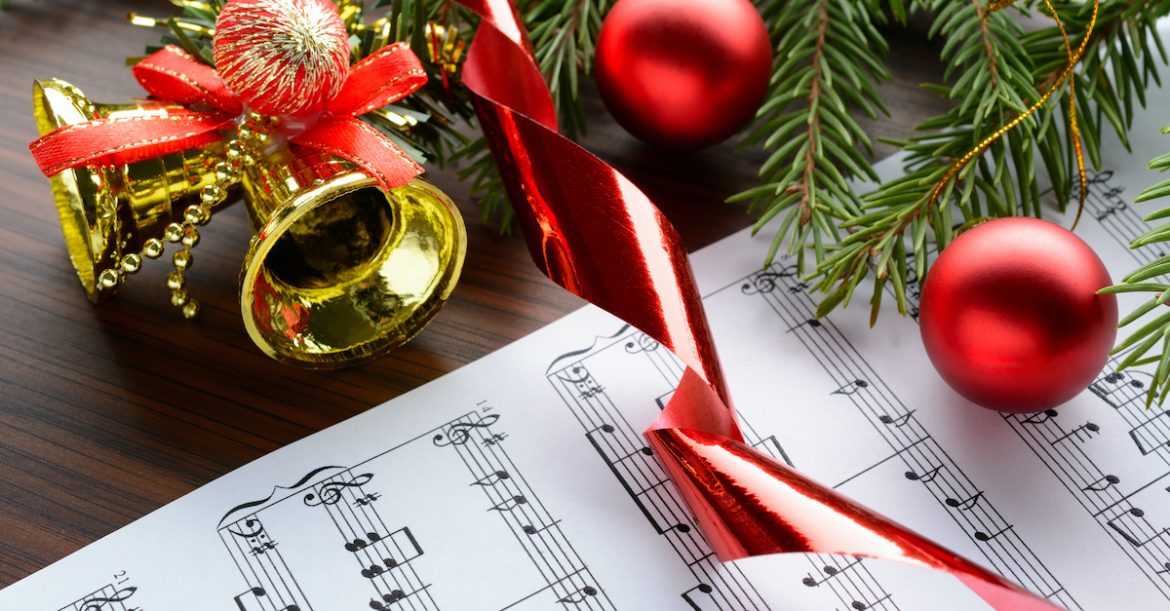Photo Credit: Crosswalk
Reflections on a favourite Christmas tradition
Justus Croskery, Contributor
Christmastime is almost upon us, and despite the decorations, the beautiful lights (shoutout to the St. Mike’s decorators!), and the festive atmosphere, many students here at the University of Toronto simply do not have the energy to prepare for Christmas. Amid the final exam season, burnout, and loneliness, students may not find the time or energy to prepare for the birth of Jesus. As this is my first Advent season away from home, I too found myself wondering if I would feel hopeful and excited on the lead–up to December 25th. As it turns out, I have experienced Christmas this year through one of the most fundamental parts of the Christmas season.
In the Christmas narrative, the first thing the shepherds hear is the sound of singing. In the Gospel of Luke, an angelic chorus descends from Heaven and draws the attention of the weary shepherds “watching their flocks by night” with their joyous song. Singing is associated with joy, peace, and love, which is also what the birth of Jesus brings to our hearts. It is only natural, therefore, that Christmas services are always accompanied with Christmas carols and hymns, sung as a community of believers. Christmas songs also connect us to those who have gone before us: traditional hymns such as “Silent Night” and “Hark the Herald Angels Sing” have been sung by our forebears for centuries. In addition, when we sing Christmas classics, we recall happy memories of Christmases spent with family and friends.
Recalling family can be an occasion for happy reminiscing, but it can also bring sad and even painful memories into our minds. After all, many students are living apart from their families, some for the first time. Some families who once celebrated Christmas together have now been broken up by internal strife. Rather than eliciting joyful feelings, Christmas music may bring loneliness and regret to mind. This year, hearing a familiar Christmas carol sparks a pang of homesickness in my soul. Listening to Christmas music makes me think of my family hundreds of kilometres away. That is why this year, I haven’t found myself listening to Christmas carols on Spotify. Instead, I have connected with Christmas carols in a deeper way.
My favourite way to experience Christmas carols this season is as part of a polyphonic choir. For those not familiar with polyphonic choral music, it is a piece of music written for multiple independent vocal parts. In polyphonic singing, each person sings the part most suited to their voice. The best polyphonic arrangements highlight each singer in turn while ensuring that all four parts mesh together. For me, polyphony points to the reality that each person is unique and that their contributions fit into a wider whole. But the most important part of polyphonic singing is that it builds community. Experiencing how our efforts combine to make a beautiful whole draws me closer to both my choir and the congregation experiencing the music. Sometimes I take a second to listen to the sound of everyone around me singing. That is when I realize I am never alone, that I have found a community that will always support me.
Although I believe the best caroling experience comes when carols are sung polyphonically, before I came to the university, I never had the opportunity to sing carols in polyphony. It has given me a whole new Christmas ritual from a familiar Christmas pastime. I hope you all find your way of connecting to Christmas this season, and don’t be afraid to try new traditions and reconnect with old ones.




